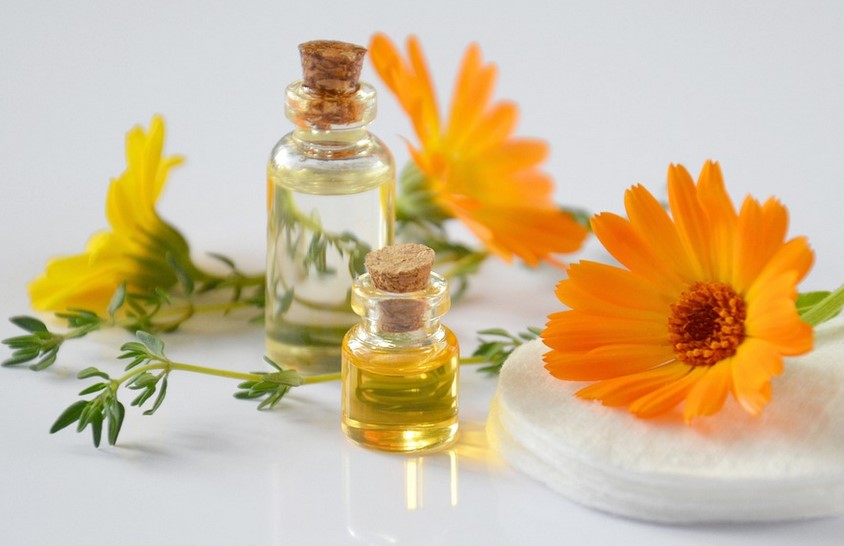Introduction
Soap making is an enjoyable and rewarding hobby. However, it is not uncommon for soap makers to encounter soda ash on their soaps. Soda ash is a white, powdery substance that forms on the surface of soap bars. It is not harmful, but it can be unsightly and affect the quality of the soap. In this article, we will discuss what causes soda ash on soap and how to prevent it.
What is Soda Ash?
Soda ash is a byproduct of the chemical reaction between lye (sodium hydroxide) and oils/fats during the soap making process. It is formed when carbon dioxide in the air reacts with the sodium hydroxide on the surface of the soap. This reaction causes a white, powdery substance to form on the soap bars.
Causes of Soda Ash
There are several factors that can contribute to the formation of soda ash on soap. These include:
1. Temperature
Temperature plays a crucial role in the formation of soda ash on soap. If the soap cools too quickly or too slowly, it can increase the likelihood of soda ash forming. The ideal temperature for soap making is between 100-110°F.
2. Humidity
High humidity can also contribute to the formation of soda ash on soap. Moisture in the air can react with the lye on the surface of the soap, causing soda ash to form.
3. Air Exposure
Exposure to air can also cause soda ash to form on soap. If the soap is left uncovered or in a drafty area, it can increase the likelihood of soda ash forming.
4. Type of Oils/Fats Used
The type of oils/fats used in soap making can also affect the formation of soda ash. Some oils/fats are more prone to forming soda ash than others. For example, olive oil and coconut oil are known to cause soda ash on soap.
Preventing Soda Ash on Soap
Fortunately, there are several ways to prevent soda ash from forming on soap. These include:
1. Spraying with Isopropyl Alcohol
Spraying the surface of the soap with isopropyl alcohol can help to prevent soda ash from forming. This is because alcohol evaporates quickly and can prevent the reaction between carbon dioxide and sodium hydroxide.
2. Covering the Soap
Covering the soap with plastic wrap or a towel can also help to prevent soda ash from forming. This will help to keep the moisture in and prevent air exposure.
3. Using a Dehumidifier
Using a dehumidifier in the soap making area can help to reduce the humidity levels and prevent soda ash from forming.
4. Using Additives
Adding certain additives to the soap can also help to prevent soda ash from forming. These include titanium dioxide, sodium lactate, and kaolin clay.
Conclusion
In conclusion, soda ash on soap is a common problem that can be prevented with proper soap making techniques. By controlling the temperature, humidity, and air exposure, and using the right oils/fats and additives, you can prevent soda ash from forming on your soap bars. Happy soap making!

